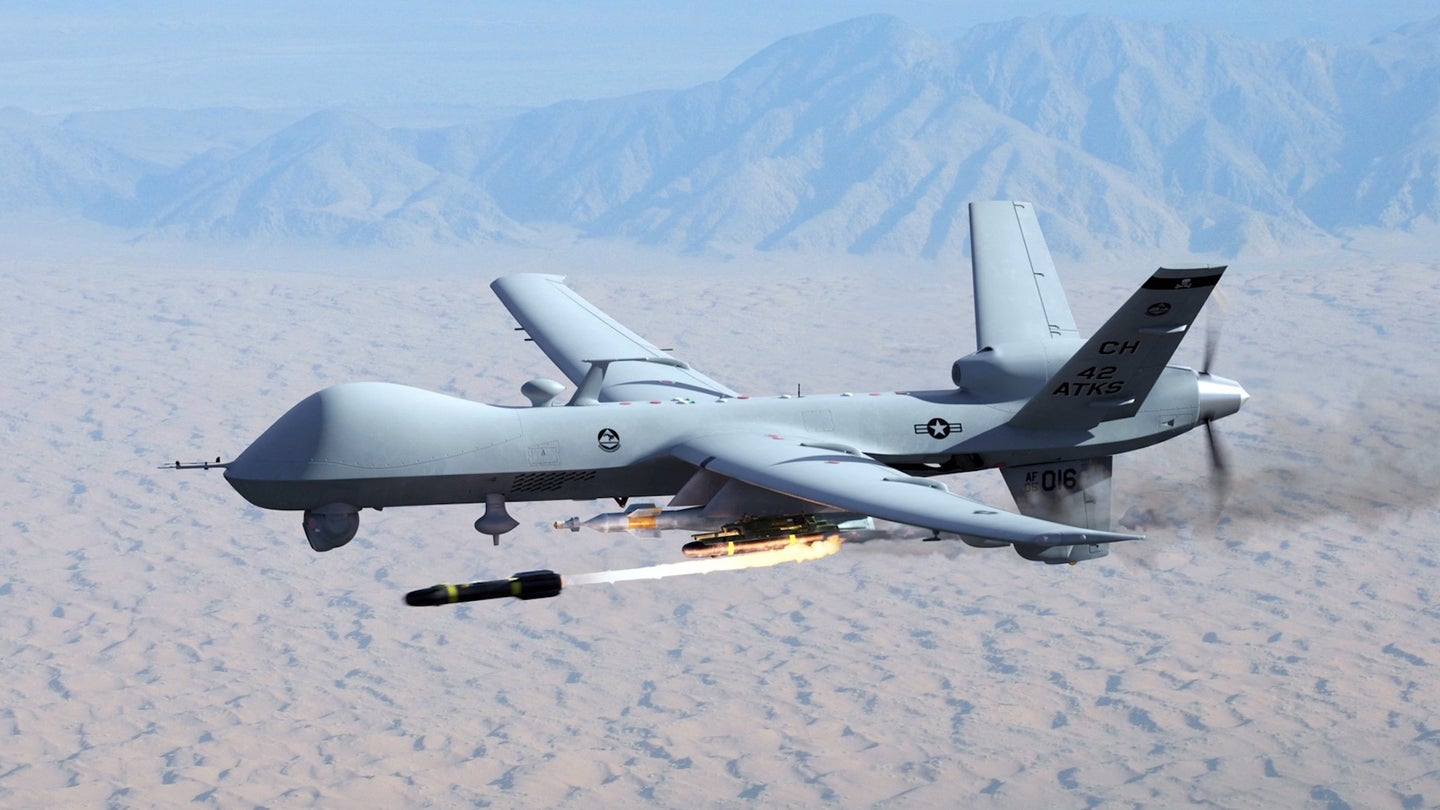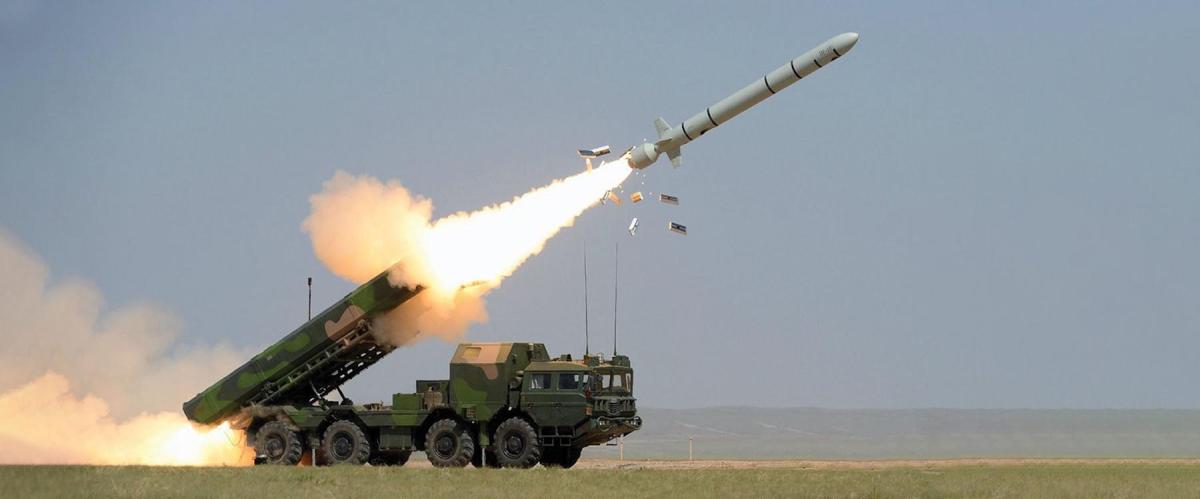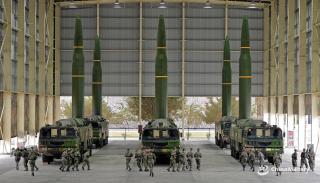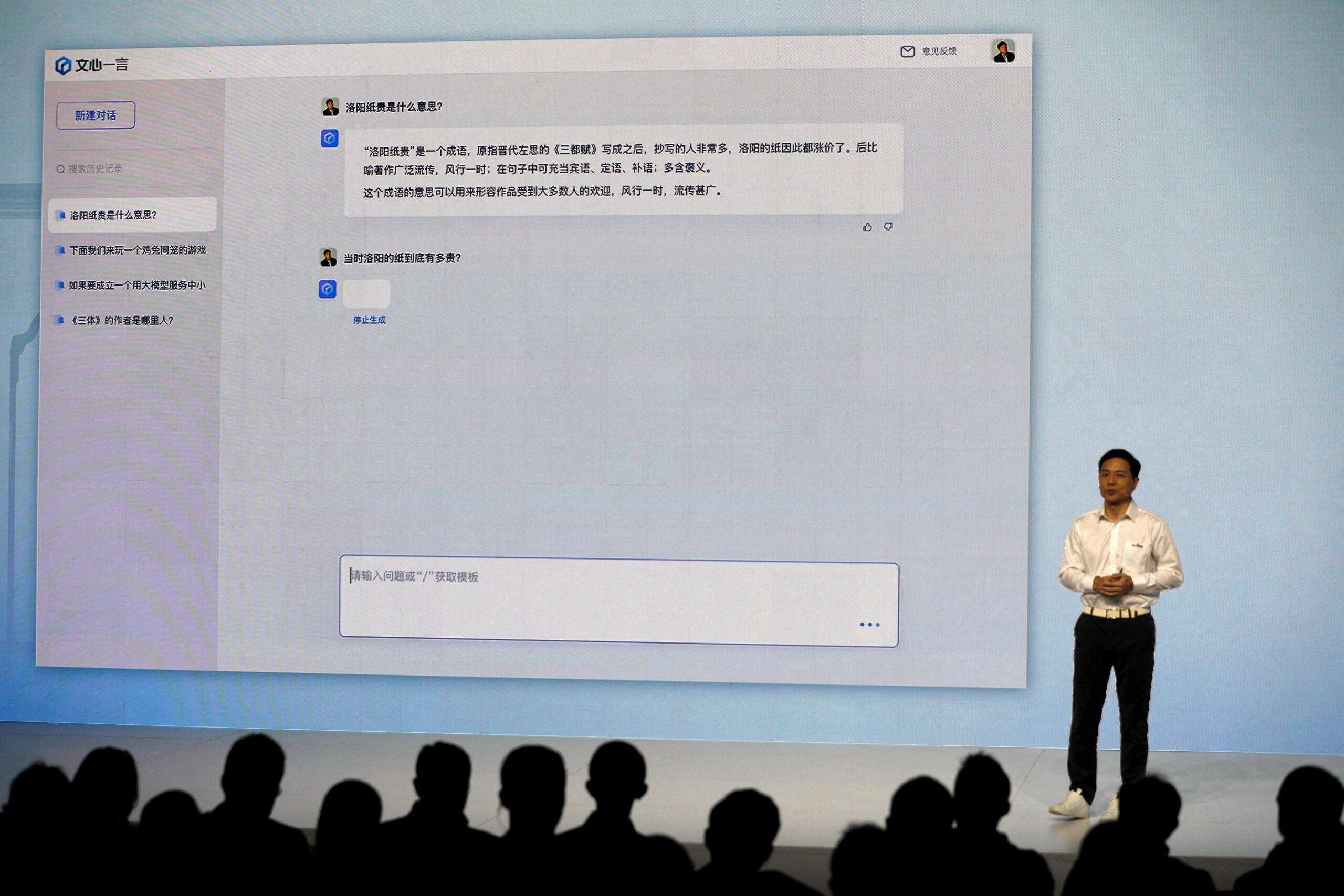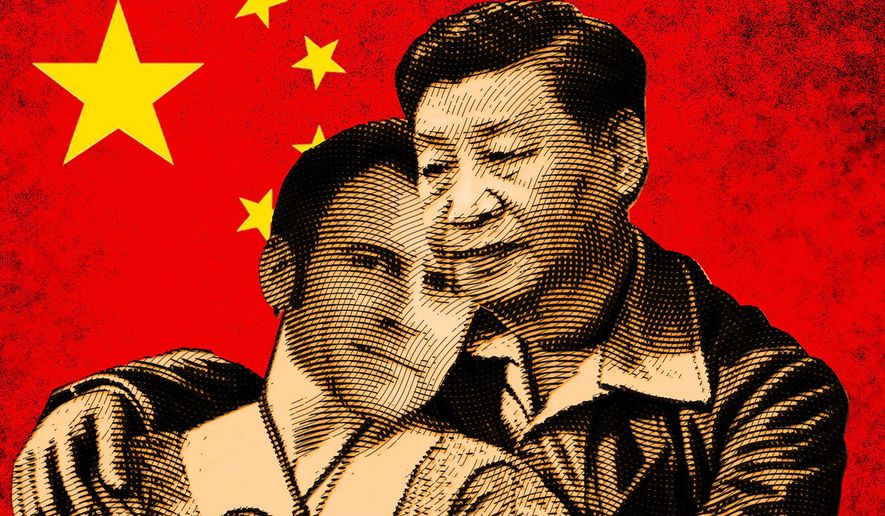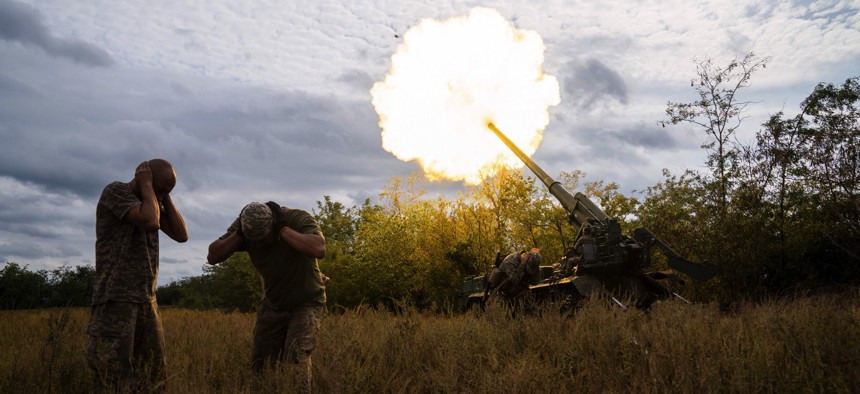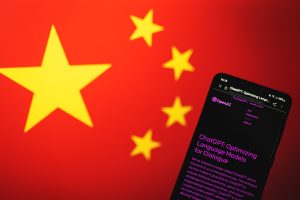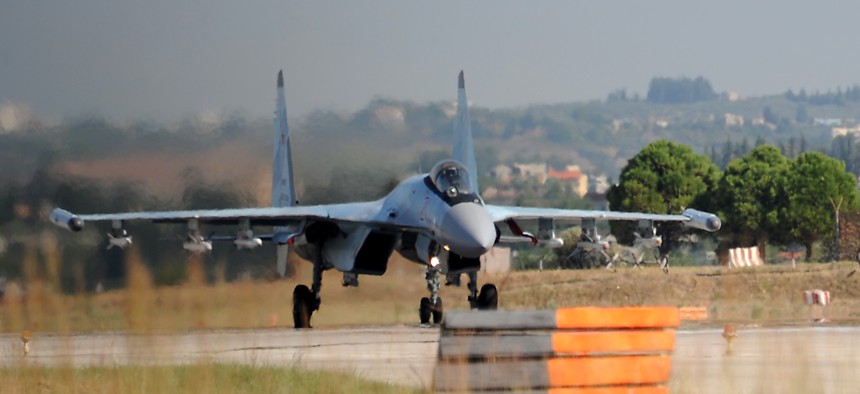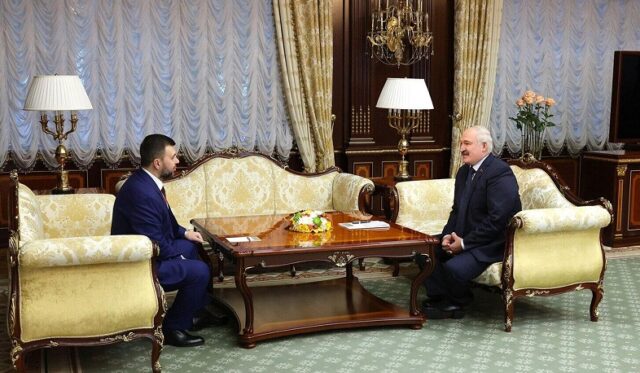Michael J. Green, Nargis Kassenova, Pavel K. Baev, Kristian Coates Ulrichsen, Rajesh Rajagopalan, Jeffrey Reeves, Matthew Kroenig, and Clementine G. Starling
INTRODUCTION
After eight years of simmering conflict, Russia undertook a full-scale invasion of Ukraine on February 24, 2022—an event that sent geopolitical shockwaves around the world. Beyond the immediate impact on how policy and military planners strategize about European security, the invasion has had wider implications for thinking about the stability of the international order and existing security arrangements, norms of sovereignty, the intertwined nature of security and economics, major-power relations, and the management and conduct of war. In this context, this Asia Policy roundtable examines the relevance of the Russia-Ukraine war to other regions outside the war zone, assesses the responses of countries in these regions to the war, and explores the lessons they have learned from the conflict so far. Notably, a clear line can be drawn between the northern regions, where the war has prompted close attention and strong reactions, and the southern regions, which have tended to view the war as a less pressing concern.
The roundtable opens with Michael Green’s analysis of Northeast Asia, focusing on Japan, South Korea, Taiwan, and China. He argues that, for Northeast Asian governments, “Russia’s invasion of Ukraine has demonstrated that traditional national security toolkits really do matter and precisely which tools are most effective on the battlefield,” and that these governments are applying these lessons to their defense procurement, planning, and policies, even if the timelines for actualizing capabilities are still over the horizon. Japan and Taiwan, which draw parallels between Russia’s invasion and imagined future actions by China, have come out the strongest in support of Ukraine and the Western-led coalition backing Kyiv. Both have also stepped up plans for stronger national defenses and counterstrike capabilities. South Korea has ended its strategic ambiguity by clearly favoring the U.S. position on the conflict, albeit cautiously to mitigate any hostile response by China or Russia. And China, where all Northeast Asia’s attention is focused, has chosen to align more closely, at least diplomatically, with Russia rather than remain neutral or reassure other states in the international system. As a result, the geopolitical divide in Northeast Asia between China and U.S. allies is only set to grow.
In Central Asia, Nargis Kassenova assesses that the Russia-Ukraine war is also highly destabilizing. As part of Russia’s “near abroad,” Kazakhstan, Kyrgyzstan, Tajikistan, Turkmenistan, and Uzbekistan see Russia’s invasion of Ukraine as an existential threat because it “undermines the founding principles of the post-Soviet security and political order—the mutual recognition of each other’s sovereignty and the existing borders at the time of the Soviet Union’s dissolution in 1991.” Kazakhstan, which shares a border with Russia and has sometimes been identified as “historical Russia,” sees its sovereignty and national livelihood as particularly at risk. The Central Asian states, especially Kazakhstan, are thus forced to perform a delicate tightrope act as they attempt to deepen foreign and economic relations with other states, such as China, the United States, and Turkey, while not offending or alienating Russia, their powerful neighbor and historical supporter. Whether the Central Asian states can demonstrate unity and resilience in this regional balancing act remains to be seen.



